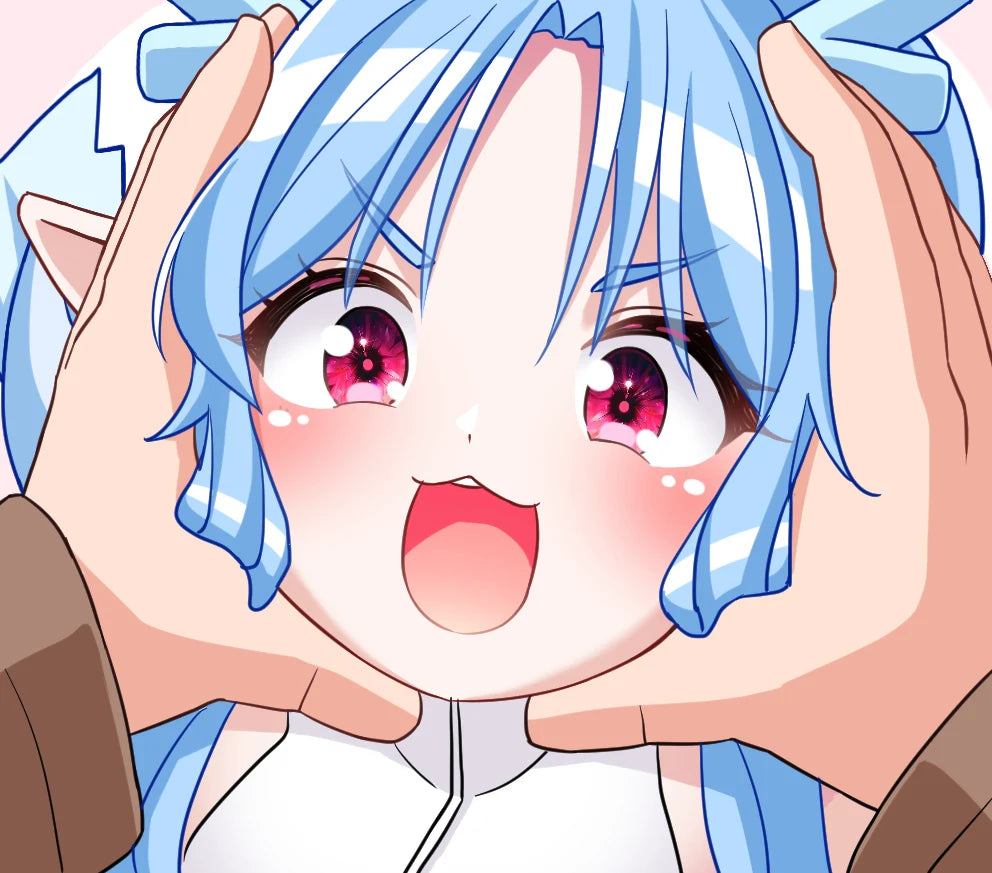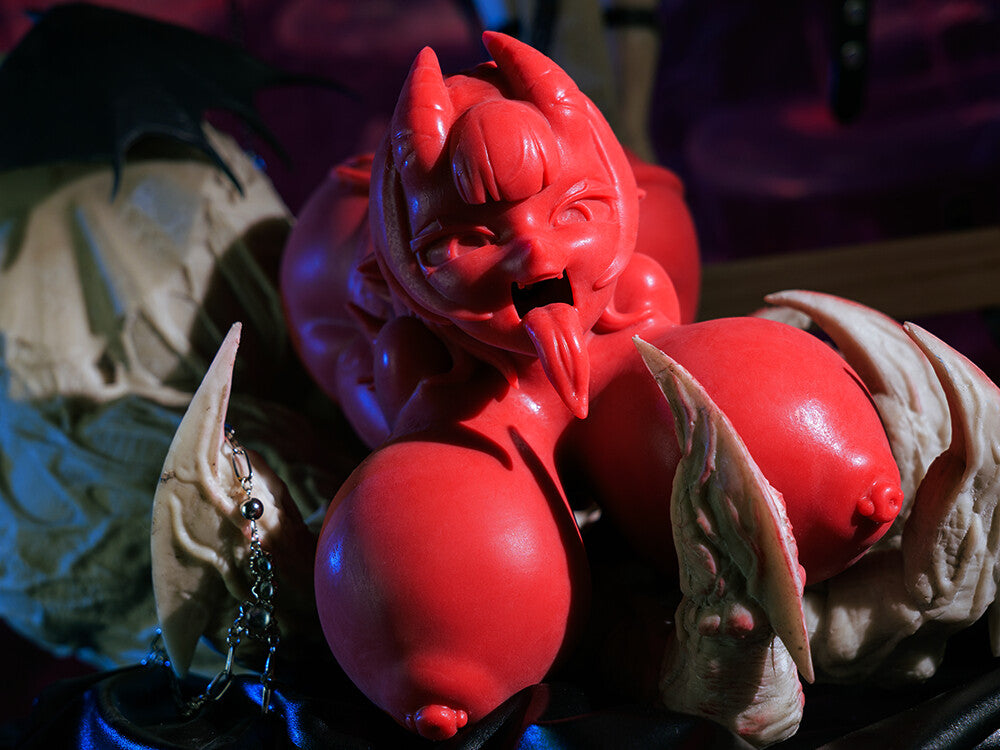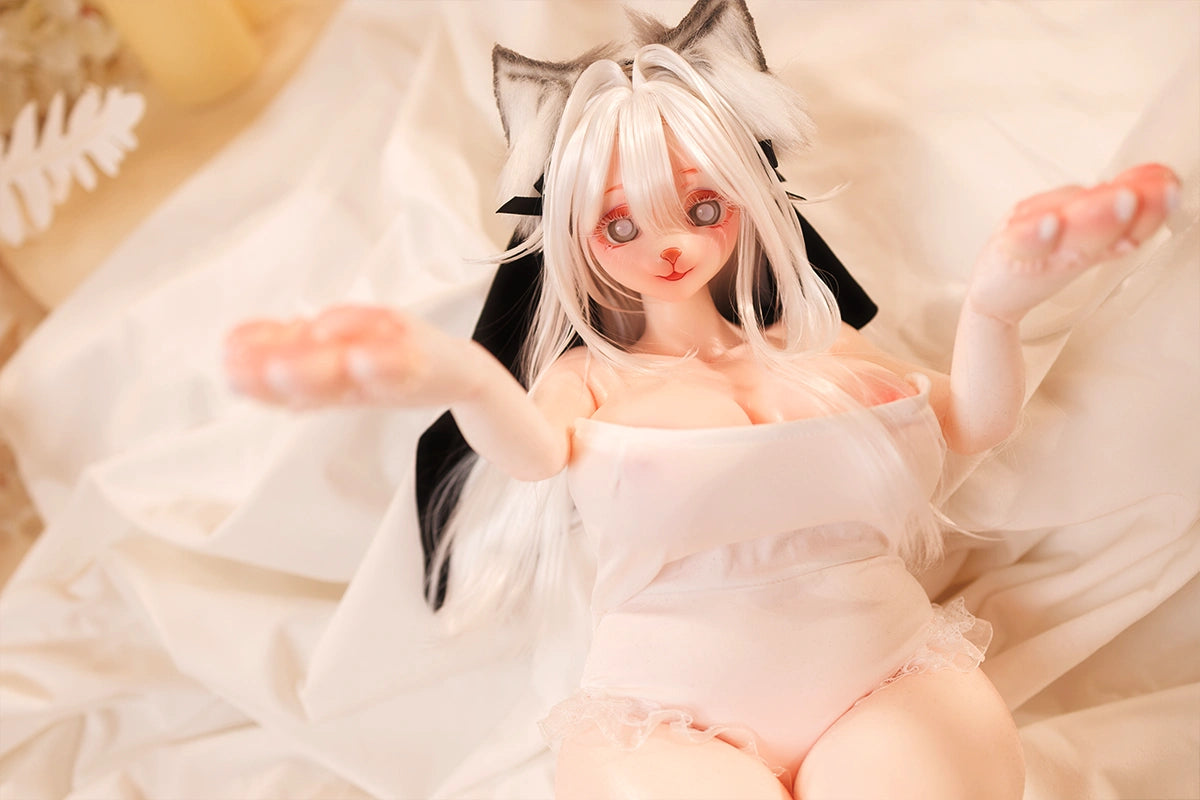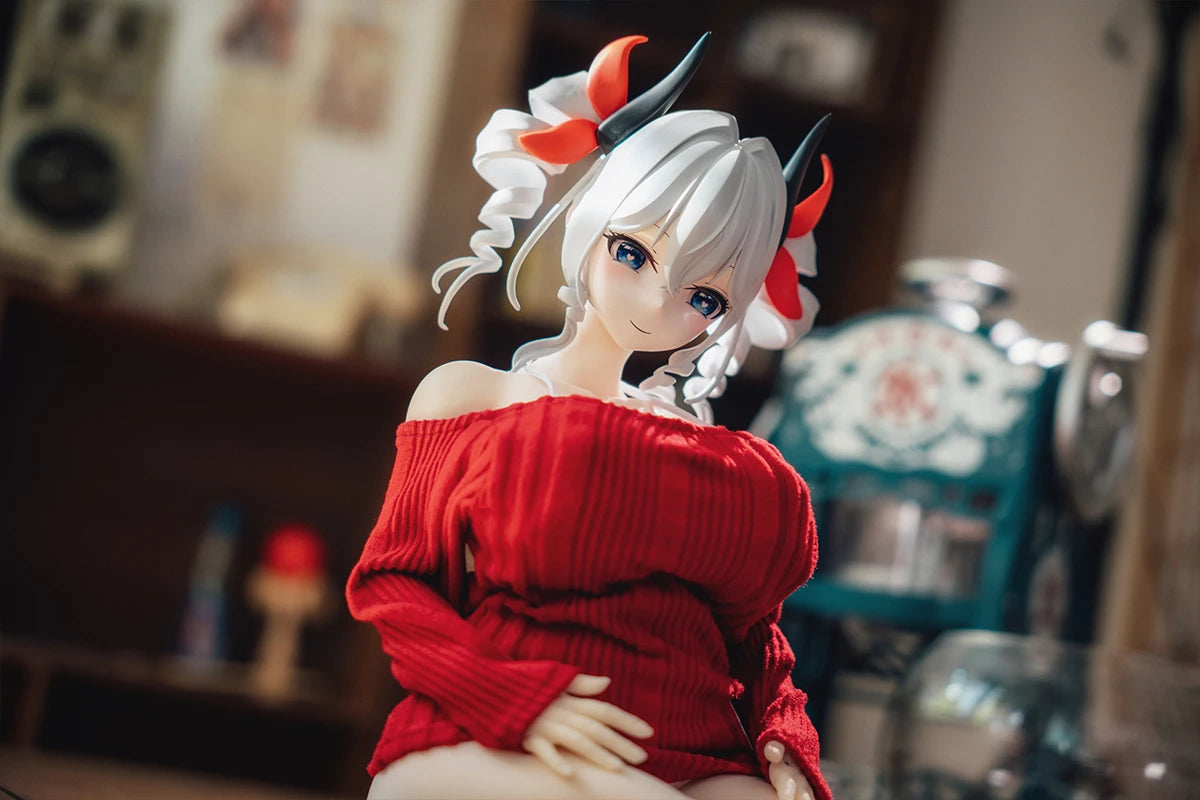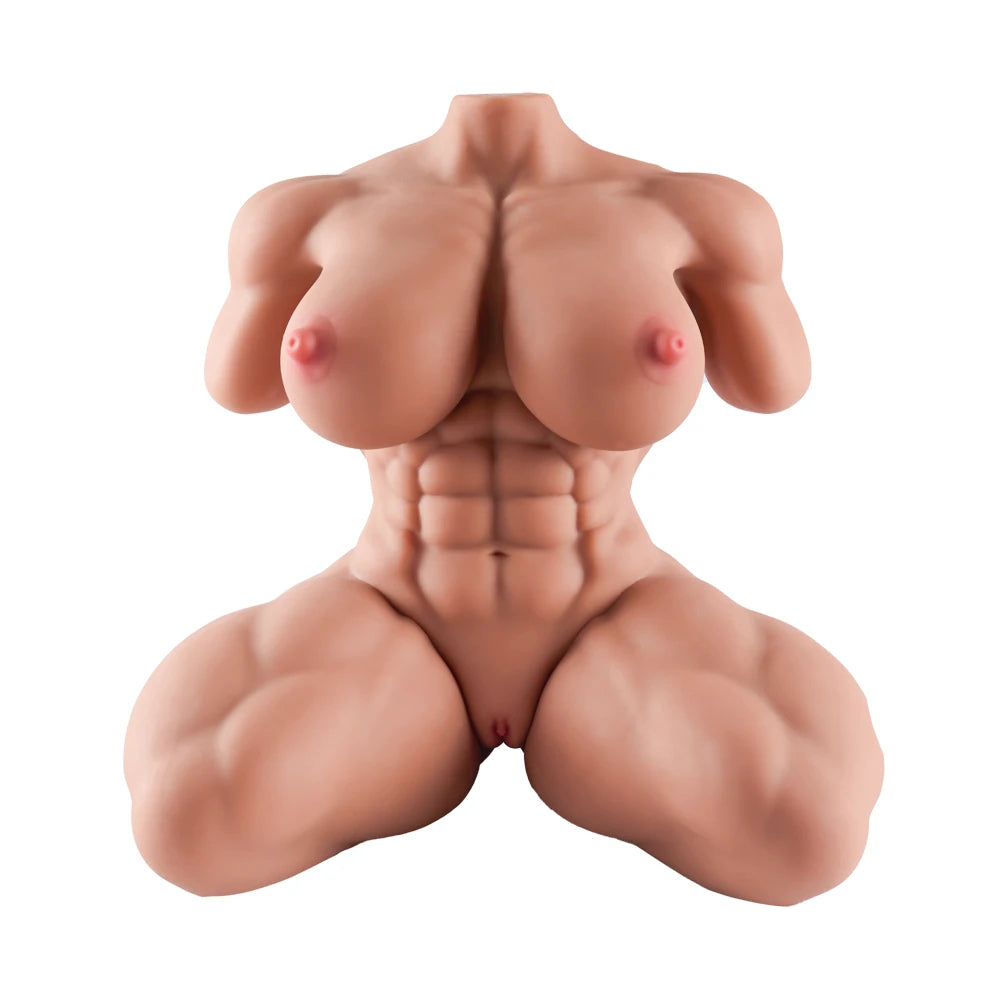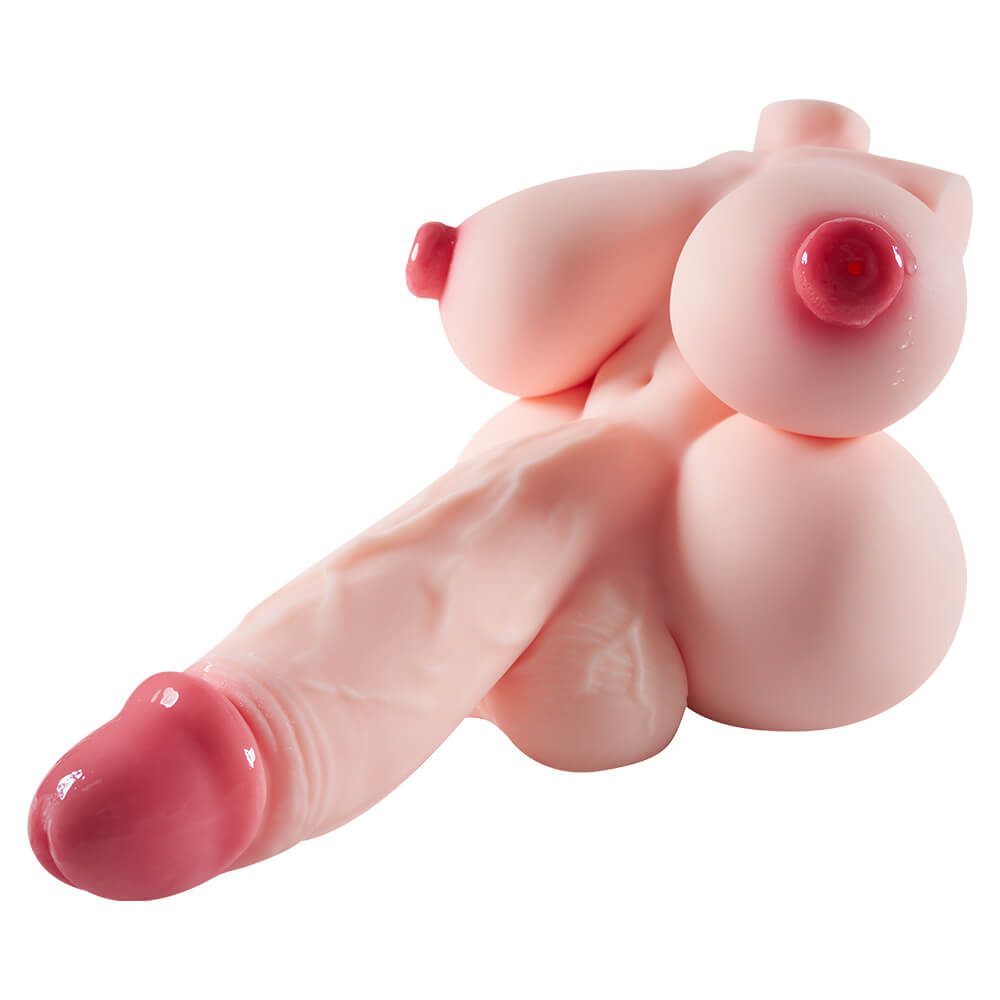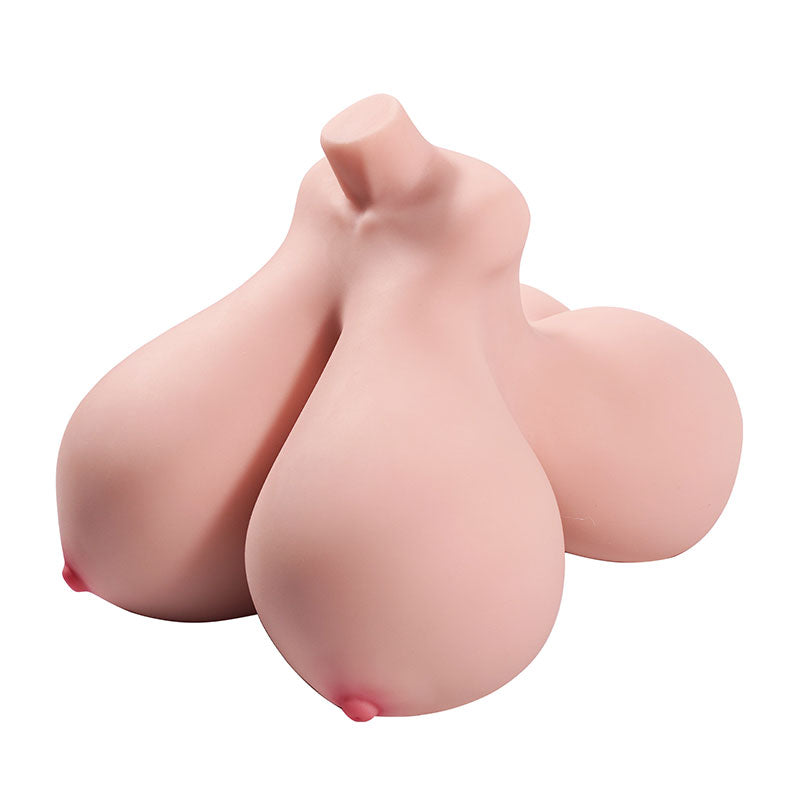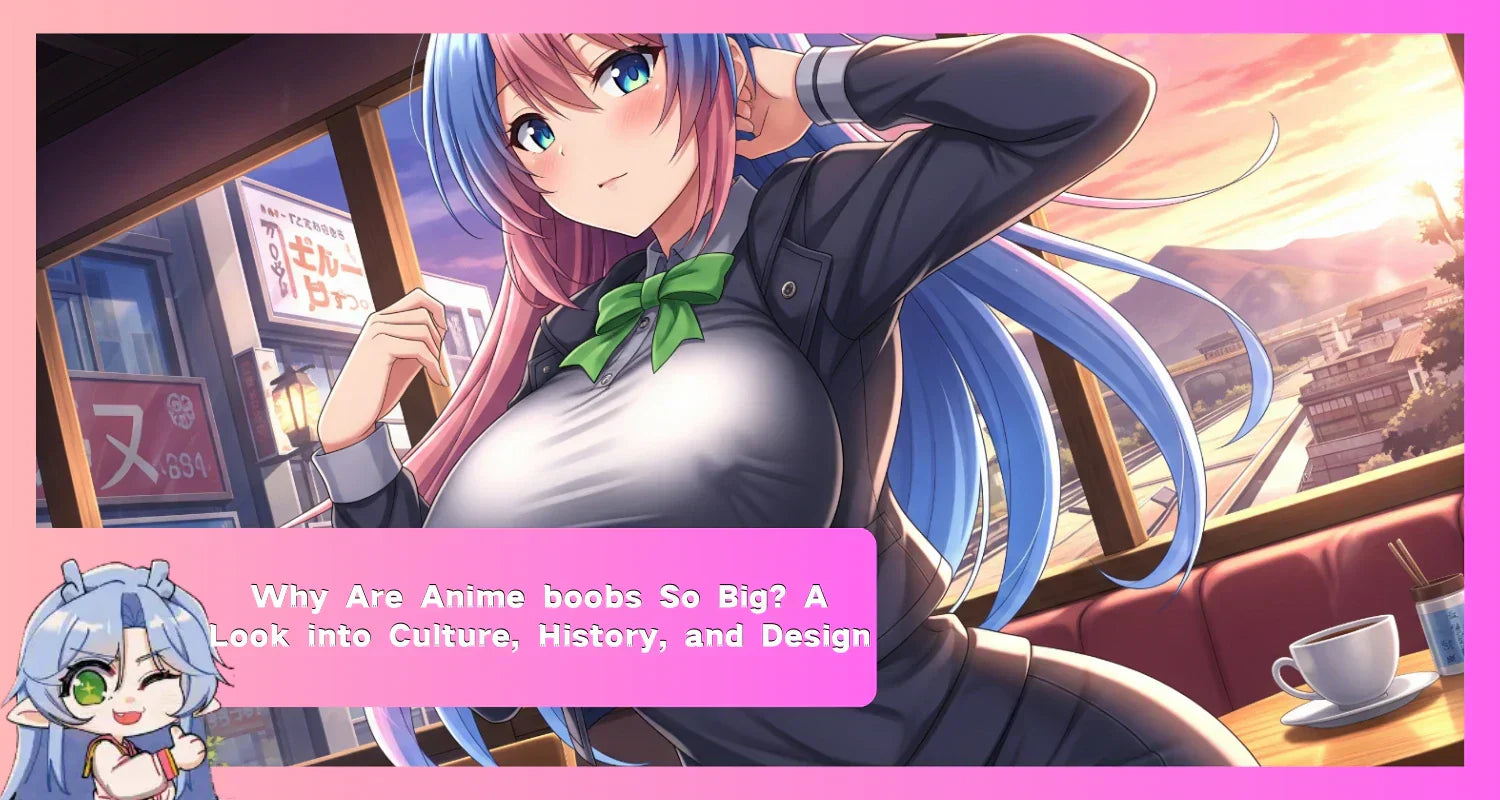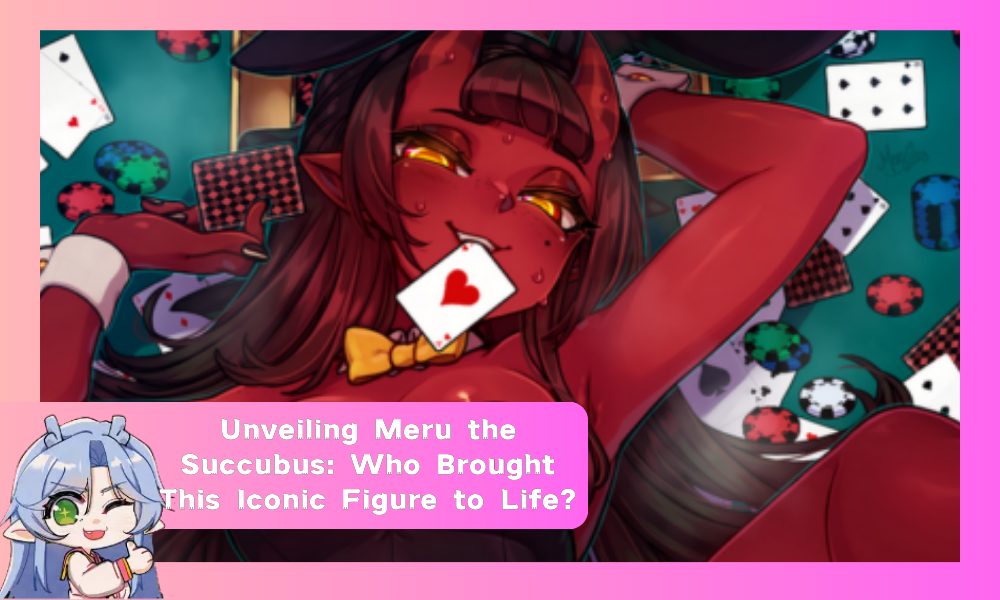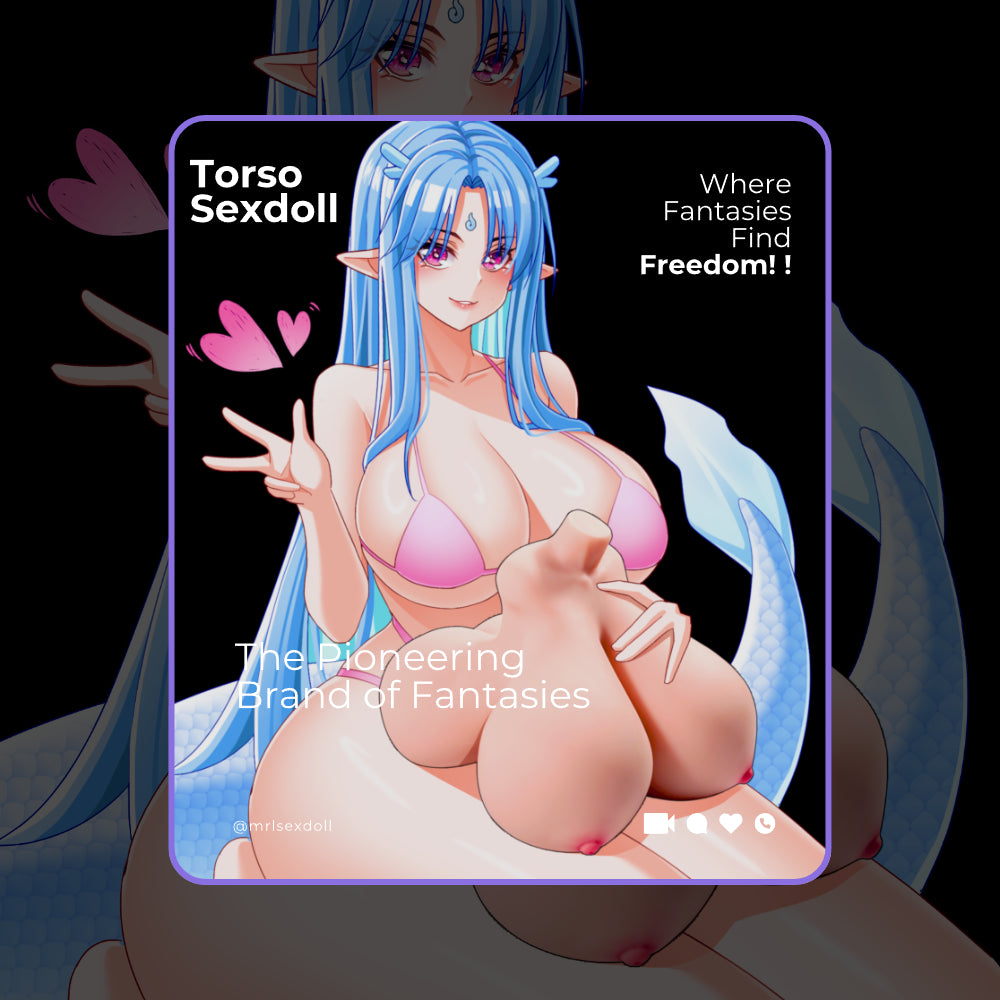Why Are Anime boobs So Big? A Look into Culture, History, and Design

One of the first things people notice about anime is the unique way characters are drawn, especially the exaggerated body proportions of female characters. The topic of anime boobs—is something fans and critics have discussed for decades. This common visual feature can range from a slight enhancement to something that defies gravity. While many dismiss it as simple fan service, the reality is far more layered.
In this article, we’ll look past the obvious to explore how history, culture, and design choices shaped this trend—and why it still fascinates fans today. And if you’ve ever wanted to bring some of these iconic styles into real life, you might be surprised to know that high-quality anime figure with big anime boobs now make that possible.
Tables of Contents:
- A Tale of Two Cultures: How Western Ideals Shaped the Modern Anime Bust
- More Than Meets the Eye: Bust Size as a Storytelling Shortcut
- The Symbolism of Big Anime Tits and the Bakunyū Archetype
- The Quiet Strength of Pettanko and the Small Tit Anime Trope
- The Art of Exaggeration: Designing Bouncing Anime Tits and Beyond
- A Full Spectrum of Design: From giant boobs anime to Petite and Proud
- Frequently Asked Questions (FAQ)
A Tale of Two Cultures: How Western Ideals Shaped the Modern Anime Bust

Many people think that the focus on large busts in anime is something that came entirely from Japan. The real story, however, shows a more complicated picture that started with a major mixing of cultures. To understand why this feature is so common today, we first need to look at traditional Japanese art, where a woman's chest was not the main focus of sexual appeal.
If you look at older Japanese art, like the woodblock prints called shunga from the Edo period, you can see this clearly. In these prints, artists usually drew women with small, simple chests that sometimes looked almost the same as men's chests. The art tended to focus on other body parts or the overall scene. When breasts were highlighted, it was almost always to show their role in motherhood and raising children, as a symbol of life, not sexuality.
This traditional view changed in a big way after World War II. A lot of Western culture was introduced, and with it came very different ideas about beauty. Hollywood movies, fashion magazines, and pin-up posters brought by soldiers showed a new ideal where a larger bust was directly connected to being glamorous and attractive. This mixing of cultures happened at the same time the modern anime industry was starting to grow and look for audiences outside of Japan. Animation studios in Japan saw that they could be very successful in the Western market. To make their shows more appealing to viewers around the world, they started to include things they knew Western audiences would like. Using a Western-style beauty standard that focused on the bust wasn't just an artistic choice—it was a smart business move. This means that the common use of anime big boobs didn't just grow out of Japanese art on its own. Instead, it was a result of globalization, a business decision made to help the medium sell better and make more money worldwide.
More Than Meets the Eye: Bust Size as a Storytelling Shortcut
In a visual story format like anime, being efficient is important. Animators and writers often use parts of a character's design as a quick way to show the audience what that character's personality is like. Bust size has become one of the most popular and effective ways to do this, leading to specific character types that fans can recognize right away. These types are so common that they even have their own names in Japanese.
The Symbolism of Big Anime Tits and the Bakunyū Archetype

The Japanese term for characters with very large chests is Bakunyū ( 爆乳 ), which you can translate as "explosive breasts." This name is about more than just a physical feature; it points to a whole set of personality traits. Characters who fit the Bakunyū type are often shown to be very confident, assertive, and social. Their personalities are often just as big as their figures. This character type also tends to have a motherly or caring side, and they often act like a protective older sister or a kind mother figure in their stories. Their open and emotional nature is seen as matching their physical appearance—they don't have much to hide, in more ways than one. Some famous examples who fit these traits are the powerful and easygoing Rangiku Matsumoto from Bleach and the smart, confident navigator Nami from One Piece .
The Quiet Strength of Pettanko and the Small Tit Anime Trope

The complete opposite of the Bakunyū character is the Pettanko ( ぺったんこ ) character. This is a Japanese slang word for female characters who are flat-chested or have a small build. The small tit anime trope is used to show a different, but just as meaningful, set of personality traits. Pettanko characters are often shown as being more reserved, quiet, or insecure at first. They might have trouble with their self-confidence, and their smaller figure is sometimes used for jokes or as a source of personal worry. But this quiet exterior often hides a great inner strength, a strong will, and a deep sense of loyalty. Their stories often show them overcoming their insecurities to show what they are truly capable of. It's interesting to note that while the busty characters are often shown as immediately attractive, many anime stories end with the main male character choosing the Pettanko girl. This suggests that there is still a cultural appreciation for this type of quiet strength and modesty. Well-known examples include the serious but very protective Rukia Kuchiki from Bleach and the highly skilled Mikasa Ackerman from Attack on Titan .
The fact that both of these character types are so common is not just about offering different looks. It shows an interesting cultural tension within anime itself. The Bakunyū type is designed to appeal to the commercial, imported Western idea of beauty. At the same time, the Pettanko type continues to represent a more traditional, Japanese ideal of heroism and inner strength. Anime manages to serve both of these ideals, showing a complex balance between what the global market wants and what local storytelling traditions value.
|
Trope Terminology |
Associated Breast Size |
Common Character Archetypes and Traits |
|---|---|---|
|
Bakunyū (爆乳 ) |
Extremely Large / Exaggerated |
The Powerhouse, The Seductress, The Motherly Figure. Often confident, overtly sexual, or overwhelmingly nurturing. Common in ecchi and seinen genres. |
|
Kyonyū (巨乳 ) |
Large / Well-Endowed |
The "Onee-san" (Big Sister), The Gentle Giant, The Confidant. Typically portrayed as kind, mature, reliable, and supportive. |
|
Standard/Average |
Medium |
The Everywoman, The Balanced Heroine. Often the main protagonist, possessing a mix of traits without leaning into a specific physical stereotype. |
|
Pettanko (ぺったんこ ) |
Small / Flat |
The "Tsundere," The Loli, The Energetic Tomboy. Often insecure about their chest ("A-Cup Angst"), feisty, aggressive on the outside but caring on the inside. |
The Art of Exaggeration: Designing Bouncing Anime Tits and Beyond

Animation is an art form that loves to exaggerate. From faces that show impossible levels of emotion to exciting action scenes, animators bend reality to make feelings and actions feel more powerful. The way the female body is drawn is no different. The visual of bouncing anime boobs is a perfect example of this idea, serving as both fan service and a way for animators to show off their technical abilities.
This particular animation style is often called the "Gainax bounce." It was made popular in the 1980s by the famous Studio Gainax, which used very fluid and exaggerated breast movements in shows like Daicon IV . This was more than just a way to appeal to some viewers; it was a way to display high-level animation skills. Creating complex, secondary movements that look like they have real weight and timing takes a lot of talent. The "Gainax bounce" became a sign of the studio's excellent production quality and was soon copied by other studios, making it a standard feature in the industry. The demand for this kind of fan service pushed studios to get better at their craft. The skills they developed in animating secondary motion could then be used for other things, like animating flowing hair or capes.
Turning these dynamic, exaggerated 2D drawings into real, three-dimensional objects is a special kind of artistic challenge. Sculptors and manufacturers have to capture not just the unique proportions but also the feeling of life and energy from the animated character. This commitment to turning 2D art into a physical form can be seen in high-quality collectible figures. For example, the Big boobs and milf “Ella” is carefully crafted to capture the Bakunyū style with a level of artistry that respects the original animation. Products like this show a real understanding of the art, successfully turning a 2D idea into a detailed physical sculpture.
A Full Spectrum of Design: From giant boobs anime to Petite and Proud

Even though established character types like Bakunyū and Pettanko are very common, it is important to know that modern anime character design is a huge and always-changing field. The industry is not all one and the same. For every character with giant boobs anime made to be an over-the-top spectacle, there are many others who are known for their athletic, slim, or average body types, and even more who are somewhere in between.
Also, the way stories are told in manga and anime has changed over time, reflecting a larger cultural move toward showing more complex female characters. In early manga, female characters were often stuck in traditional roles or were just love interests for the male hero. But today's anime and manga are filled with more interesting and well-developed female main characters who have their own goals, make their own choices, and have their own ambitions. As stories have matured, the character designs have had to mature as well. When characters become more complex, their physical appearance is less likely to be the only thing that defines them. While using bust size to quickly show personality is still a useful trick, it is becoming less of a strict rule in more thoughtful stories. This trend shows that both the anime industry and its audience are growing up and now want characters with more depth than simple visual stereotypes. In the end, the lasting appeal of anime character design comes from its amazing variety, which offers a wide range of styles so that every fan can find characters they can look up to and feel a connection with.
Frequently Asked Questions (FAQ)
Q1: What do the terms Bakunyū and Pettanko mean? A: Bakunyū ( 爆乳 ) is a Japanese word for female characters with very large breasts, often associated with confident and caring personalities. Pettanko ( ぺったんこ ) is a slang term for flat-chested characters, who are often portrayed as being more reserved but having great inner strength.
Q2: Is the focus on large breasts in anime a purely Japanese phenomenon? A: No. While anime made the style famous, history shows that the focus was heavily influenced by Western beauty standards that came to Japan after World War II. It was a mix of cultural influences and a business decision to appeal to a worldwide audience.
Q3: Does breast size always define a female character's personality in anime? A: Not at all. It is often used as a quick way to show a certain type of personality (for example, large-chested characters being motherly), but many writers like to play with these expectations. Modern anime especially has more and more complex female characters whose personalities are not defined by their bodies.
Q4: What is the origin of "bouncing anime tits" in animation? A: This technique is widely known as the "Gainax bounce," made popular by the animation studio Gainax in the 1980s. It started as a way to show off advanced animation skills in creating fluid, secondary motion and has since become a common feature in fan-service scenes in many anime shows.

